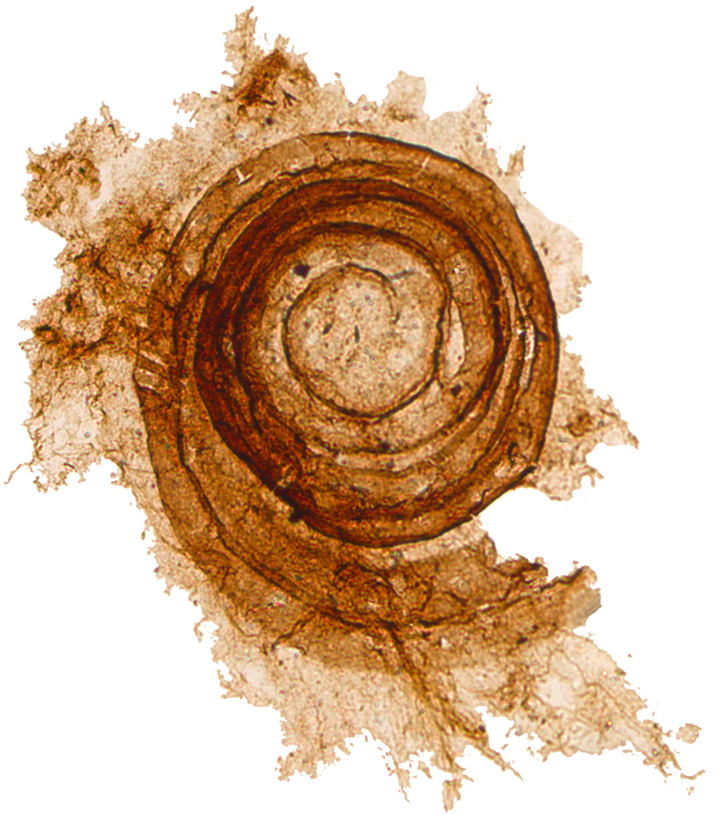|
Pentasters
A small number of dinoflagellates contain an internal skeleton. One of the best known species is perhaps ''Actiniscus pentasterias'', in which each cell contains a pair of siliceous five-armed stars surrounding the nucleus. This species was originally described by Ehrenberg. Although the description is incomplete and without illustrations, Ehrenberg described the skeletal elements but mentioned that the living cell was colorless and non-motile. Ehrenberg subsequently diagrammed the silicified skeletal elements (pentasters) from geological deposits in various parts of the world. These can be found as microfossils A microfossil is a fossil that is generally between 0.001 mm and 1 mm in size, the visual study of which requires the use of light or electron microscopy. A fossil which can be studied with the naked eye or low-powered magnification, .... Pentasters were studied from the Cenozoic South Pacific by Dumitrică http://deepseadrilling.org/21/volume/dsdp21_25.pdf T ... [...More Info...] [...Related Items...] OR: [Wikipedia] [Google] [Baidu] |
Dinoflagellate
The Dinoflagellates (), also called Dinophytes, are a monophyletic group of single-celled eukaryotes constituting the phylum Dinoflagellata and are usually considered protists. Dinoflagellates are mostly marine plankton, but they are also common in freshwater habitats. Their populations vary with sea surface temperature, salinity, and depth. Many dinoflagellates are photosynthetic, but a large fraction of these are in fact mixotrophic, combining photosynthesis with ingestion of prey ( phagotrophy and myzocytosis). In terms of number of species, dinoflagellates are one of the largest groups of marine eukaryotes, although substantially smaller than diatoms. Some species are endosymbionts of marine animals and play an important part in the biology of coral reefs. Other dinoflagellates are unpigmented predators on other protozoa, and a few forms are parasitic (for example, '' Oodinium'' and '' Pfiesteria''). Some dinoflagellates produce resting stages, called dinoflagellate cys ... [...More Info...] [...Related Items...] OR: [Wikipedia] [Google] [Baidu] |
Microfossils
A microfossil is a fossil that is generally between 0.001 mm and 1 mm in size, the visual study of which requires the use of light or electron microscopy. A fossil which can be studied with the naked eye or low-powered magnification, such as a hand lens, is referred to as a macrofossil. Microfossils are a common feature of the geologic timescale, geological record, from the Precambrian to the Holocene. They are most common in deposits of ocean, marine environments, but also occur in brackish water, fresh water and terrestrial sedimentary deposits. While every Kingdom (biology), kingdom of prehistoric life, life is represented in the microfossil record, the most abundant forms are protist skeletons or microbial cysts from the Chrysophyta, Pyrrhophyta, Sarcodina, acritarchs and chitinozoans, together with pollen and spores from the vascular plants. Overview A microfossil is a descriptive term applied to fossilized plants and animals whose size is just at or below the ... [...More Info...] [...Related Items...] OR: [Wikipedia] [Google] [Baidu] |
